Share This
Twenty years ago, a group of Whole Grain pioneers got together in Chicago to form the Oldways Whole Grains Council. These companies included Bob’s Red Mill, The United Sorghum Checkoff Program, Sunnyland Mills, Arrowhead Mills, Lesaffre Yeast, Natural Ovens, The American Institute of Baking, and Farmer Direct.
As we celebrate 20 years of the Oldways Whole Grains council, our friend Bob Moore is celebrating 45 years of Bob’s Red Mill, and his 94th birthday! In honor of these anniversaries, and in recognition of his enormous contribution to the world of whole grains, the Whole Grains Council is delighted to honor Bob Moore as its first Whole Grain Pioneer. Check our Instagram and the Bob’s Red Mill YouTube channel and Instagram to see our president, Sara Baer-Sinnott, present Bob with his very own Whole Grain Crown, then read on for an in-depth interview exploring the origins of Bob’s Red Mill, the history behind Bob’s iconic look, and what made the company the success it is today.
Sara: Well I have to tell you, I’m a little star-struck meeting you. I’m very excited to talk to you, you’ve made such a difference in the world of health, nutrition, whole grains. Thank you and happy anniversary, happy birthday, it’s just amazing what you’ve done. It’s a wonderful long story, could you tell us the story of Bob’s, please?
Bob: Well, that’s so sweet of you, the nice things you said. We all have to do something in life, and hopefully it’s something that is fruitful, that is beneficial to mankind, if you will. And my wife and I have always had a strong feeling of trying to do the right thing.
I’ve had several businesses, but my wife was always very interested in feeding our family in a healthy way, and her grandmother many years ago gave her several books by Adelle Davis, Gayelord Hauser, and the folks that made Prevention Magazine. This was back in the early 1950s, actually, it might have been a little before that, in the 1940s. But these people were way ahead of their time. They were talking about not taking the bran and the germ away from the grains and eating the entire thing.
I picked up on that, and I thought, there just has to be a way to make my living by making these products. I also discovered the book John Goffe’s Mill. Now, this book was printed about 1940, and I found it about 1955. This gentleman inherited this mill. It was sitting there derelict, and he decided he would go claim his inheritance. And the story goes about him getting the mill going, the water wheel, the old millstones, and he began making whole wheat flour, whole corn meal, wonderful whole grain products. And gosh, it went really well!
So he wrote this book, on the story of the mill, and he mentions also the value of whole grains. I was just so enamored with that that I began writing to mills around the country to see if there was any possibility of my getting a mill, or finding millstones, and it did turn out that way. In Fansville, North Carolina, I found a mill, and I bought three sets of millstones, and brought them out to California where we were, and put them to work. That’s how this thing started, and it has never slowed down, Sara (laughing)!
Sara: And it’s continued, then you had another mill after that, too, right?
Bob: Yeah, we just didn’t stop! I was forever travelling around the world, looking at old mills, there’s so many delightful old water powered stone milling operations in England and Scotland and Wales and France… and of course in the United States and Canada. I’ve had the pleasure of traveling for days and days at a time, it’s been wonderful. And they’re so healthy! I just feel that at 94, that eating whole grains is important for good health and longevity.
Sara: Absolutely, you’re a great testament to it! Tell me, how did the logo come about? It’s so iconic on your packages.
Bob: When we first started the mill, we had this old wooden mill building. I had been in business for many years, in mechanics and electronics, different things like that. But when you’re making food for people, there’s a certain responsibility that you should feel, and I did feel. I wanted the public to know who it was that made this product. So, I thought that it’s important to have a picture of me on the front, and my name. I made up a label where I had an apron on, I thought I looked pretty cool.
Sara: Absolutely!
Bob: I had a white apron and a scoop shovel, and I was shoveling whole wheat flour into a sack, and I had a big smile on my face. We took that picture and put it on the label. Well, what you see now is kind of a take-off of that. I had some cancer on my forehead, and my dermatologist insisted that I always wear a hat so that the sun wouldn’t make the cancer even worse. So, for probably 30 or 40 years now, I have been known to have a hat on my head!
Sara: It’s very iconic!
Bob: Someplace on the East Coast there’s a bunch of Bob Evans restaurants, and I met Bob, and he put this thing around my neck—
Sara: The bolo!
Bob: The bolo, thank you. He thought I looked good with it, so he gave me half a dozen of them, and I started wearing those. So that became the hat and the bolo, and the picture on the label became who I was, and who’s responsible for the whole grain products that you had for breakfast this morning.
Sara: That’s great. So, back to the company in the early days, what were the big challenges? Was it hard to find customers, did they understand whole grains?
Bob: Well, I can’t imagine how many talks my wife and I gave at churches, and clubs, schools—just everywhere, and even at grocery stores. We went all over giving talks on whole grains and the value of whole grains, and why people should include whole grains in their diets.
There was a tendency for folks to change their ways in the 1950s and ‘60s. It was pretty easy to sell this stuff, most of us want to feel better and live longer, and I think that the story we tell is a very true one. We actually had more success than we really had the space for, and we were forever looking for more space!
Eventually, well, we had a fire, and in some ways, the fire was kind of a blessing. We had this old wood mill that had been there for many, many years, and we had our stone mills in there. We were doing pretty well. But the building itself was too small, and then we had an arson fire in 1988, which absolutely ended our ability to make our products in that location. Then it became a serious thing to try to find a larger place. We went from 18,000 square feet to 60,000 square feet… and that still wasn’t big enough! Now we’re at about 800,000 square feet. It’s a pretty big operation, we have probably close to 700 employees now. So, all in all, thanks to you guys and the reality of whole grains and their health, we’ve had a nice run selling our products all over the world, Sara.
Sara: It’s true, you know, there’s not a store that you go into now without BRM. Who were your first customers?
Bob: Well, first off, our mill had a little store in the front of it, so we had a little facility and sold on our own. I always put little ads in the food section of the local paper, just a small ad, reminding people they could get whole grains at Bob’s Red Mill. Everything we did helped a little bit to further our success.
Then one day a gentleman by the name of Fred Meyer walked in, he was about 90, he was close to my age now. I didn’t know who he was! He said he wanted my products in his stores. He had, I think, at that time about 49 stores, and he wanted to put a health food store alongside of his regular grocery stores, and he wanted my stuff in there. I laughed at him! I said, oh goodness, I don’t have the wherewithal, the space, I don’t have enough mills… I only had three mills at the time. I said, y’know, I’ll tell you what, come back and see me in six months and I’ll be thinking about it. Well, I think the rest is kind of history.
Sara: What do you think it is about BRM that sets you apart from other companies?
Bob: That’s kind of a hard question. I’m sure a lot of people work pretty hard to do a good job, and I’ve always done that too. I’ve tried to hire the right people, honest people. We’ve always shared the profits of the company and still do today. Everyone needs to feel like they’re a part of it, so that the attitude of the employees, and how they express themselves to the public, helps in how people perceive your company. It also helps you turn out a good, healthy, honest product, and that I know we do. All in all, if you do the right thing and try to treat others like you’d like them to treat you, you end up on the right side of things, and have a reasonable success. And that certainly is the story of Bob’s Red Mill.
Sara: Thinking back over all these 45 years, what has surprised you the most? Was it a grain, or how easy, or how hard, or…?
Bob: We had a disastrous fire when we had the old wooden mill. We had to start over, and it took a lot of energy and effort and money to make that work. [What surprised us was] how quickly our customers put us ahead so that we could be successful, knowing what we were going through, that was one of the biggest, most wonderful events, how quickly we got back and got a much larger facility. We were able to buy property, all in all, we turned a very terrible incident in our life, the company’s life, into a very positive thing. We’re still enjoying the fruits of our success, even from that time.
Sara: It’s amazing, and a credit to you, to think of a disaster becoming a silver lining, and helping you grow.
Bob: Is the disaster me being 94, or—? (laughing)
Sara: No, the fire! The fire! (laughing)
Bob: (laughing) You’re very sweet
Sara: Thank you for spending time with us at the Oldways Whole Grains Council, thank you for everything that you and BRM have done, happy birthday, and happy anniversary!
Bob: Thank you so much, Sara!
Reader, thank you for your support of both The Whole Grains Council and Bob’s Red Mill. We’d love to hear your favorite BRM products, your thoughts on the company’s history, or your birthday wishes for Bob, in the comments below.
To have our Oldways Whole Grains Council blog posts (and more whole grain bonus content!) delivered to your inbox, sign up for our monthly email newsletter, called Just Ask for Whole Grains.

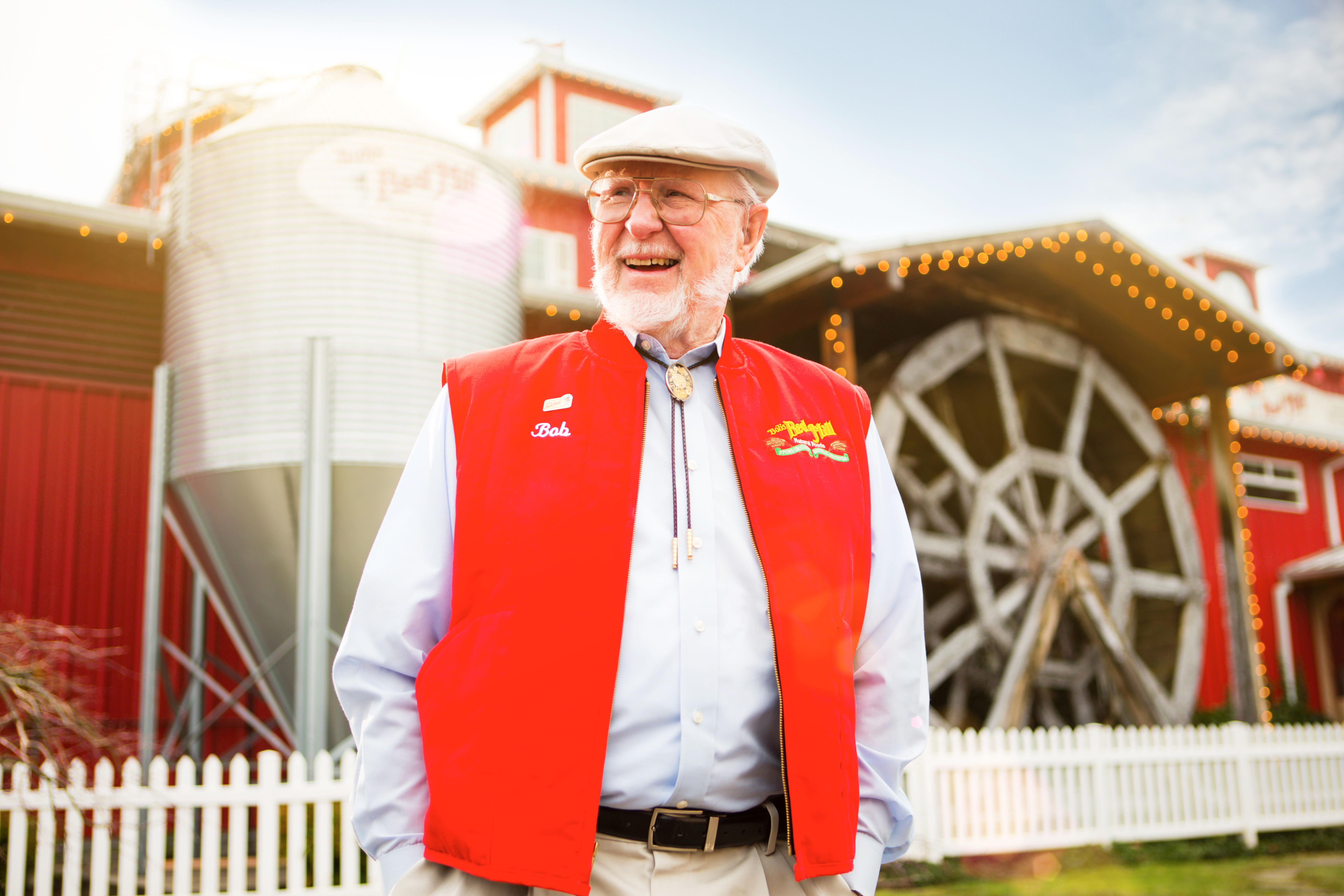

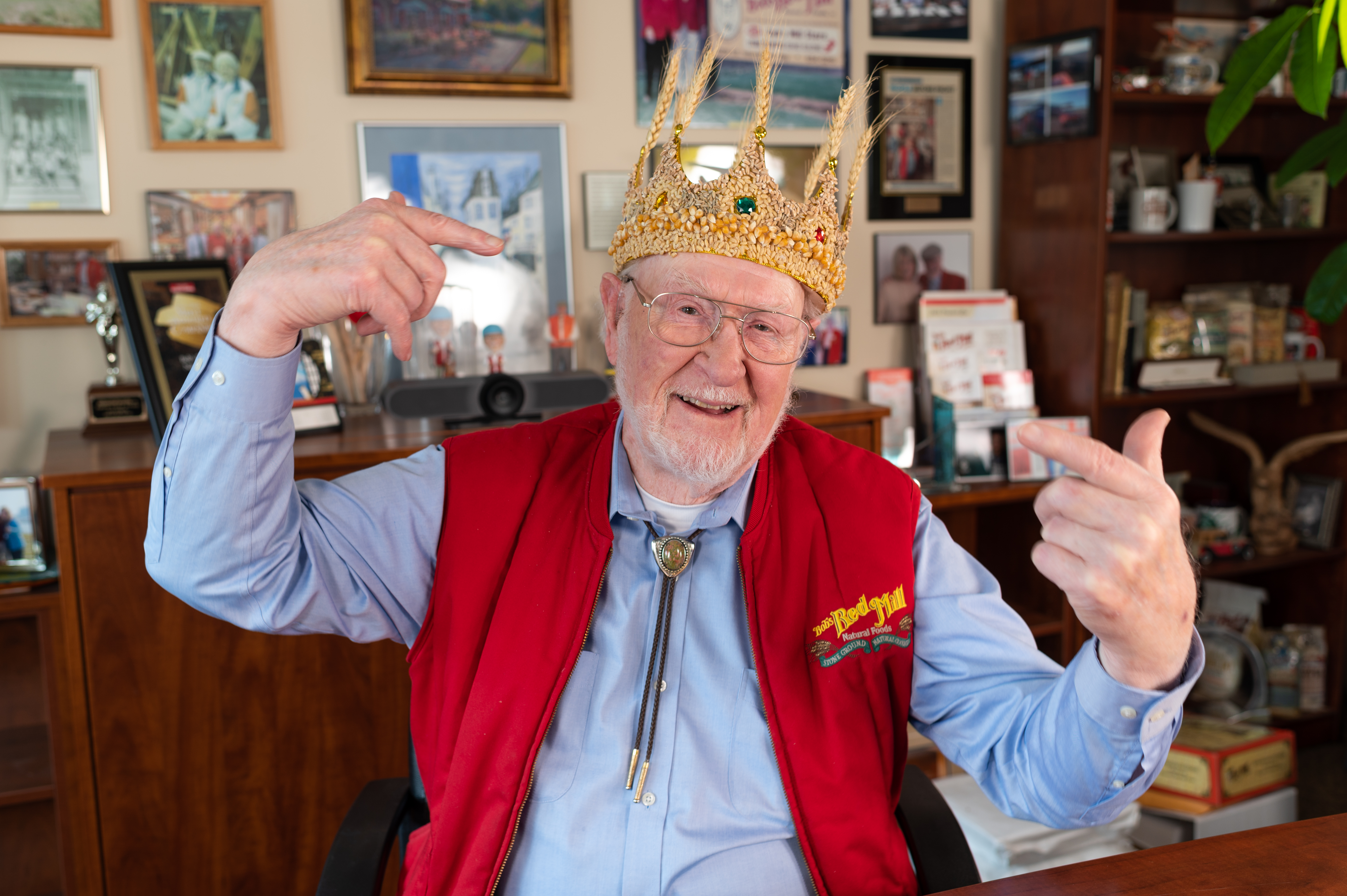
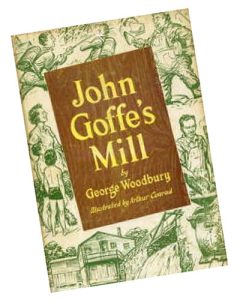
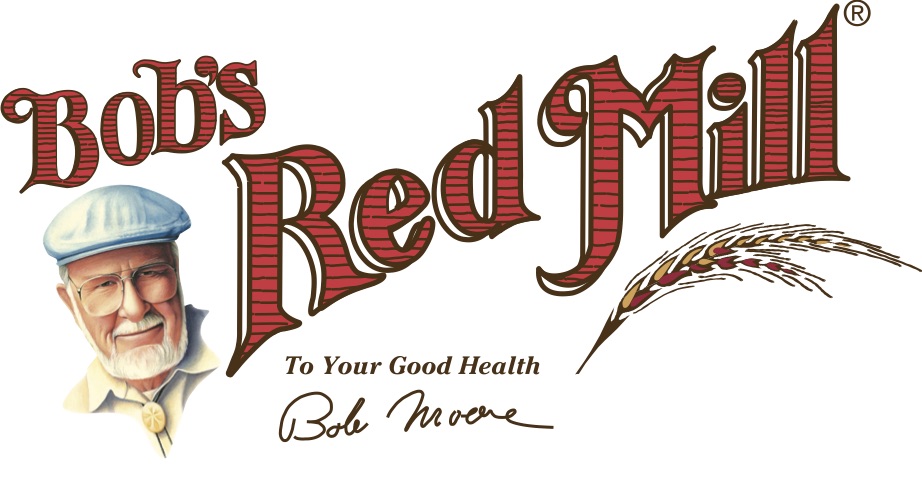
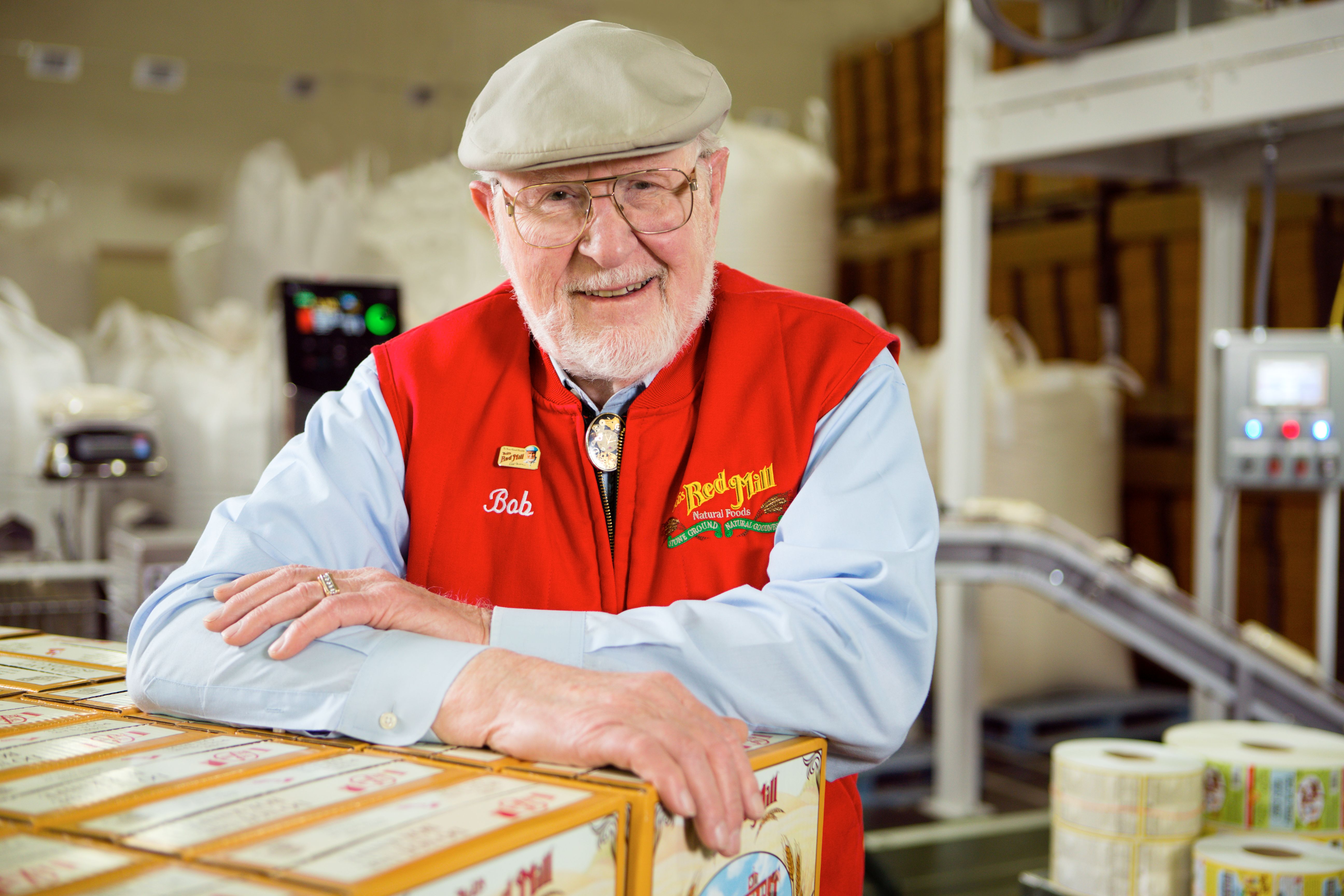
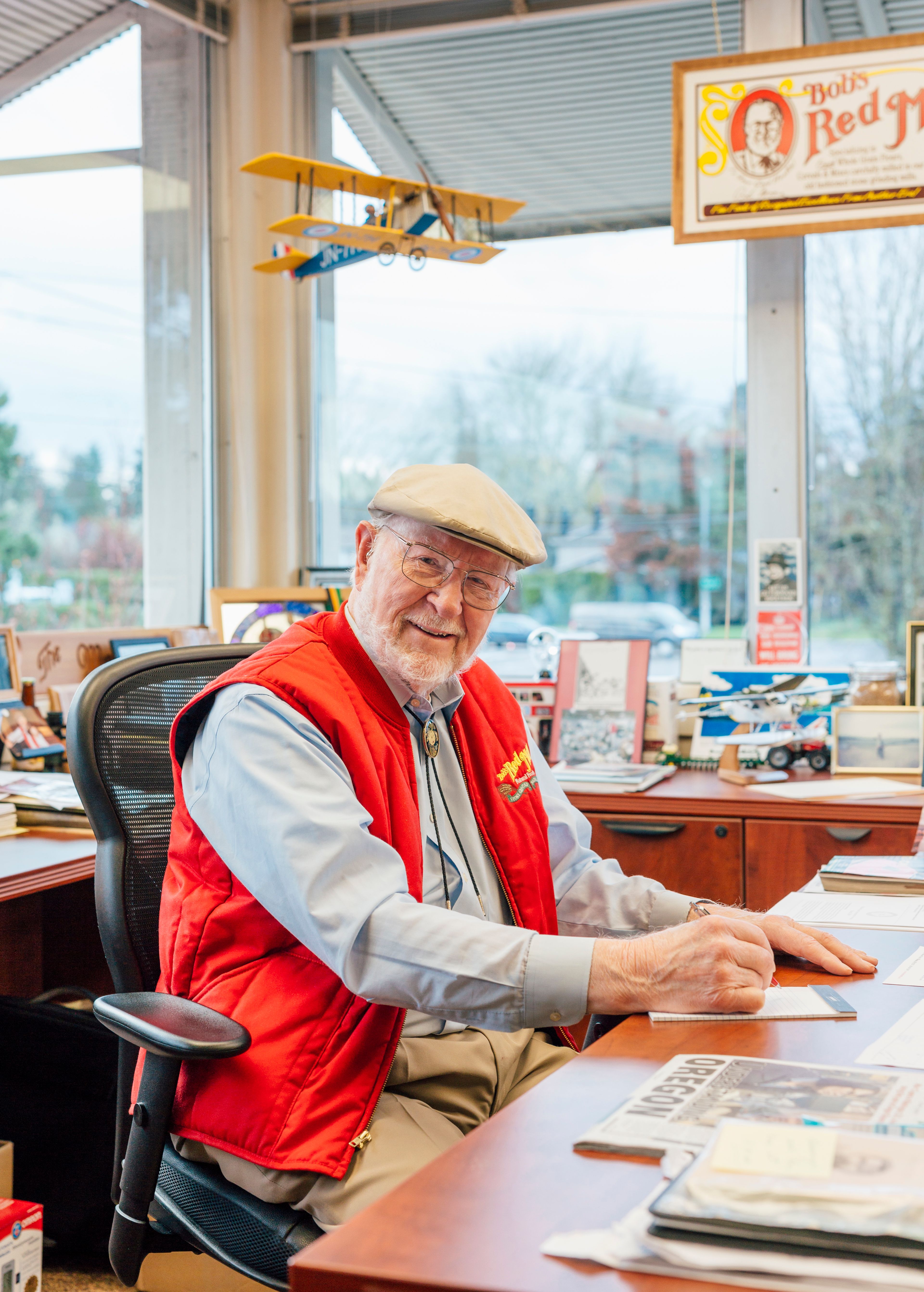
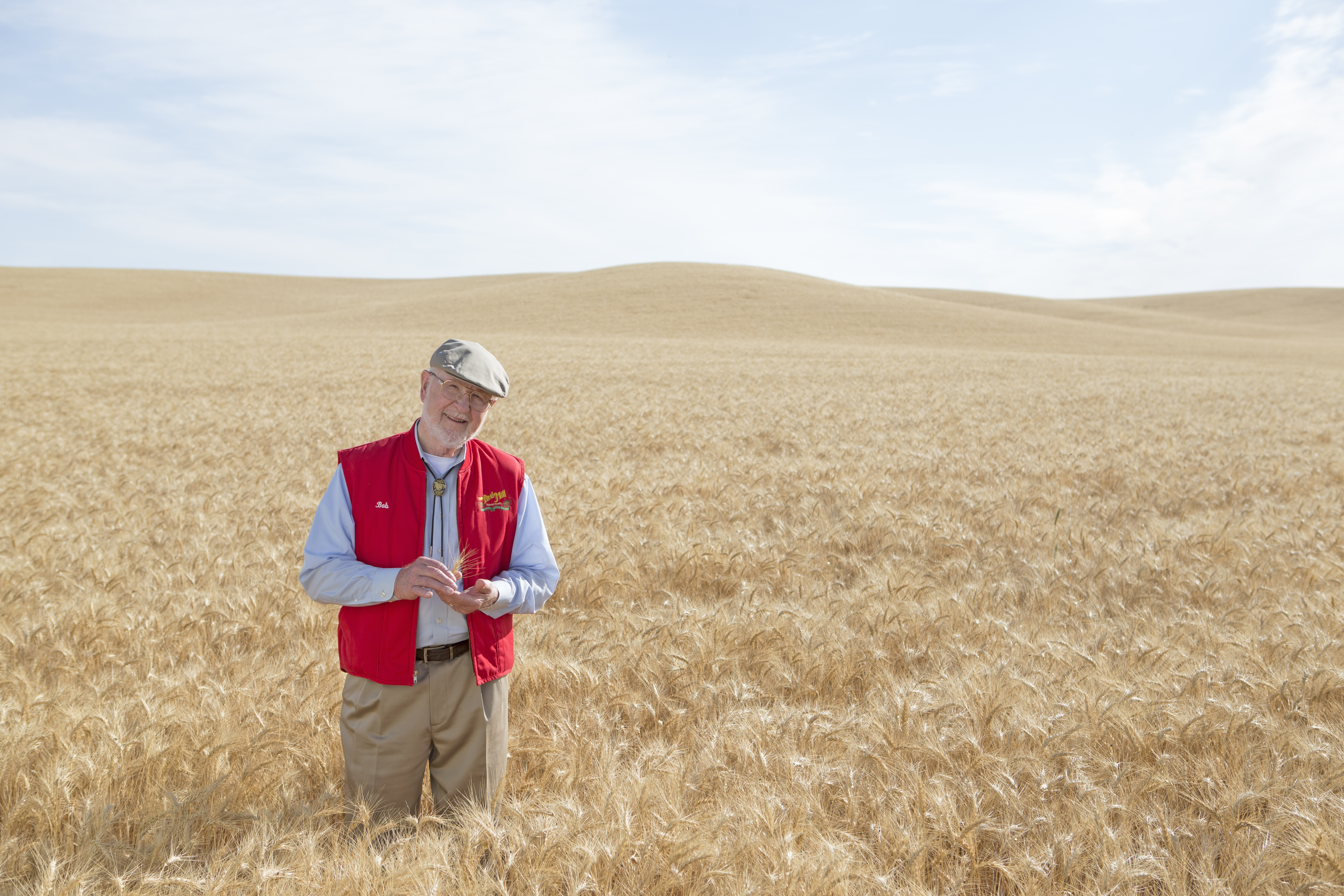
Comments
Add a Comment